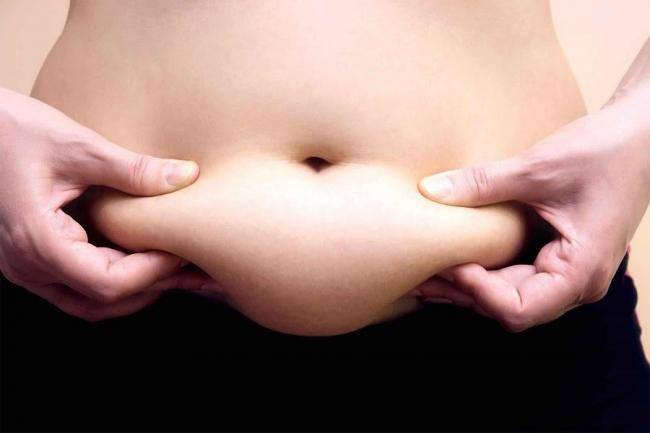
A fat belly is bad for your heart: Study
New York, Apr 22 (IBNS): Belly fat, even in people who are not otherwise overweight, is bad for the heart, according to results from the Mayo Clinic presented recently at EuroPrevent 2018, a European Society of Cardiology congress.
“See your doctor if your waist is bigger than your hips,” said study author Dr Jose Medina-Inojosa, from the division of Preventive Cardiology at the Mayo Clinic, Rochester, Minnesota, and The International Clinical Research Centre of St. Anne's University Hospital (FNUSA-ICRC), Brno, Czech Republic.
Body mass index (BMI), which is weight relative to height in kg/m2, is used to categorise adults as underweight, normal weight, overweight or obese. However, BMI does not account for the amount and distribution of fat and muscle.
Central obesity is a store of excess fat around the middle of the body and is a marker of abnormal fat distribution. This study tested the hypothesis that people with normal weight and central obesity would have more heart problems than people with normal weight and normal fat distribution.
In 1997 to 2000 the study enrolled 1,692 residents of Olmsted County, Minnesota, aged 45 years or older. The sample was representative of the county population for age and sex. Participants underwent a clinical examination and measurements were taken of weight, height, waist circumference and hip circumference. Central obesity was defined as a ratio dividing the waist circumference by the hip circumference of 0.90 or above for men and 0.85 or above for women.
Patients were followed-up from 2000 to 2016 for the occurrence of major adverse cardiovascular events (MACE) using linked medical records from the Rochester Epidemiology Project. MACE was defined as heart attack, surgical or percutaneous coronary revascularisation to open blocked arteries, stroke, or death from cardiovascular causes.
Participants with a normal BMI (18.5–24.9 kg/m2) and central obesity had an approximately two-fold higher long-term risk of MACE compared to participants without central obesity, regardless of their BMI.
Dr Medina-Inojosa said: “People with a normal weight but a fat belly have more chance of heart problems than people without a fat belly, even if they are obese according to BMI. This body shape indicates a sedentary lifestyle, low muscle mass, and eating too many refined carbohydrates.”
“The belly is usually the first place we deposit fat, so people classified as overweight BMI but without a fat belly probably have more muscle which is good for health,” he continued. “Muscle is like a metabolic storehouse and helps decrease lipid and sugar levels in the blood.”
Participants with a normal BMI and central obesity also had a higher risk of MACE than overweight and obese participants with central obesity. Dr Medina-Inojosa said that overweight and obese people with central obesity might also have more muscle mass which could be protective.
He said: “If you have fat around your belly and it’s greater than the size of your hips, visit your doctor to assess your cardiovascular health and fat distribution. If you have central obesity the target will be waist loss rather than weight loss. Exercise more, decrease sedentary time by taking the stairs or getting off the train one stop early and walking, increase your muscle mass with strength and resistance training, and cut out refined carbohydrates.”
Dr Medina-Inojosa said it was important for doctors not to assume that people with a normal BMI are not at risk of heart problems or that their fat distribution is normal. He said: “Our study provides evidence that doctors should also measure central obesity to get a better picture of whether a patient is at risk.”
Support Our Journalism
We cannot do without you.. your contribution supports unbiased journalism
IBNS is not driven by any ism- not wokeism, not racism, not skewed secularism, not hyper right-wing or left liberal ideals, nor by any hardline religious beliefs or hyper nationalism. We want to serve you good old objective news, as they are. We do not judge or preach. We let people decide for themselves. We only try to present factual and well-sourced news.







